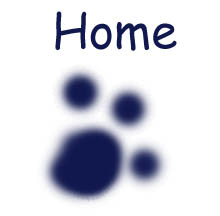

H O W I T W O R K S
Ensoniq VFX synth was released in 1989. Its technology includes the Wavetable synthesis - as the Wave PPG or Waldorf Microwave synths - combined with Sample playback and Subtractive synthesis.
Basis of the sound is "the voice". A voice uses as "oscillators" one of the 109 internal encoded waves including classified acoustic/electronic hybrids (String-Sound, Bass-Sound, Breath-Sound,...), complex digital textures and rich analog waveforms. In addition to it, you also have the famous "transwaves" which incorporate spectral motion into a single wave and are particular to the VFX: it consists of many single-cycle waveforms, each with a different harmonic spectrum. These unique dynamic timbres give you a colorful palette for sound design.
Each voice is
controlled by three complex (five levels and five time segments) envelopes: ENV1 is routed to the
pitch of the voice, ENV2 is routed to the filter cutoff frequency of
the voice and ENV3 is routed to the amplitude (volume) of the voice.
Each
voice has its own pair of non-resonant filters which are connected in series. Filter
n°1 can be configured as a 2-pole or 3-pole low-pass filter. Filter n°2
can be configured as a 2-pole or 1-pole high-pass filter or a 2-pole or
1-pole low-pass filter. Finally you can assign a specific LFO to each
voice.
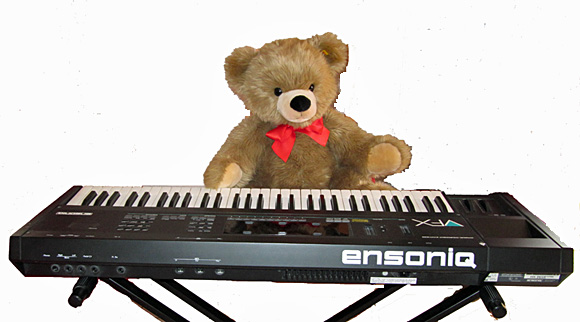
Transwaves are one of the great VFX features
Powerful
and versatility of the VFX is
also due to its
modulation sources. You can effectively choose between 15 available
modulation sources for each voice including aftertouch, velocity, pitch
bend, modulation wheel, expression pedal, external controller,...
Each
of these modulation sources can be assigned to modulate almost all
parameters, which offers large possibilities to create evolving sounds.
Another
VFX unique feature is the "Mod Mixer/Shaper" which allows to combine and
assign two modulators to a single modulation input and/or scale and/or
shape the response of one of those modulators according to one of the
16 Mod Shaper Curves (linear, convex, concave,...).
You can then layer from 1 to 6 voices to obtain a dynamic structure called a "program". Each program has its own effect set including reverb, chorus, delay, flanger, rotary speaker,...
Another great VFX feature is the "Custom Pitch-table". In a few words, you have three different pitch-table options available:
1°/ SYSTEM: standard "keyboard" type 12-tone equal-temperament tuning
2°/ ALL-C4: no pitch tracking, all notes tuned to C4 (middle C)
3°/ CUSTOM: "user-definable" (that is, you create it!) pitch-table. Very useful to explore new musical territories as well as ancient or ethnic tunings. But just keep in mind that using the Custom Pitch-table function will remove voices 5 and 6 from the program to create space for the pitch-table.
Another VFX specificity is the "Patch Select" option. You have two buttons on the left of the keyboard, just above the pitch bend and the modulation wheel. You can hold the right one, the left one or both together in such a way to select/deselect one or several of the six voices in programmed configurations. Another great possibility to modulate slightly or radically a sound!
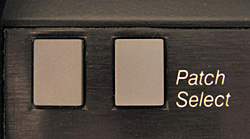
Both "Patch Select" buttons
And last but not least, you can also configure three programs in a "preset", sort of big performance to create large fat sounds, layers or split sets. You can reassign individually the volume, key zone, pan or transpose parameters for each program. You also have a specific modulation source called the "timbre" : when you press on the Timbre button, you have the possibility to modulate your sound with the data entry slider or up/down arrows.
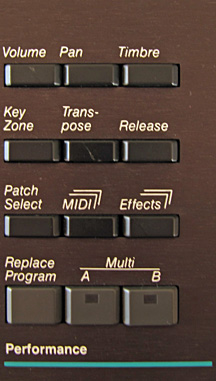
The "Timbre" button can be selected to modulate presets
There
is no rack version from the VFX, but Ensoniq also produced the VFX-SD
which adds a powerful 24-track sequencer, new drum waveforms and a floppy disk drive to turn
it into a complete workstation.
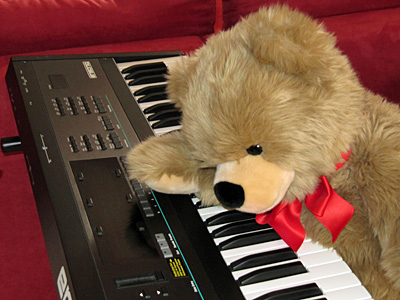
WOW..! VFX got 15 modulation sources..!
| VFX Soundbanks Listing | VFX Famous Examples | VFX All The Web Patches | VFX Video Demos |
©2011-2025 Bobby Blues. All Rights Reserved.

